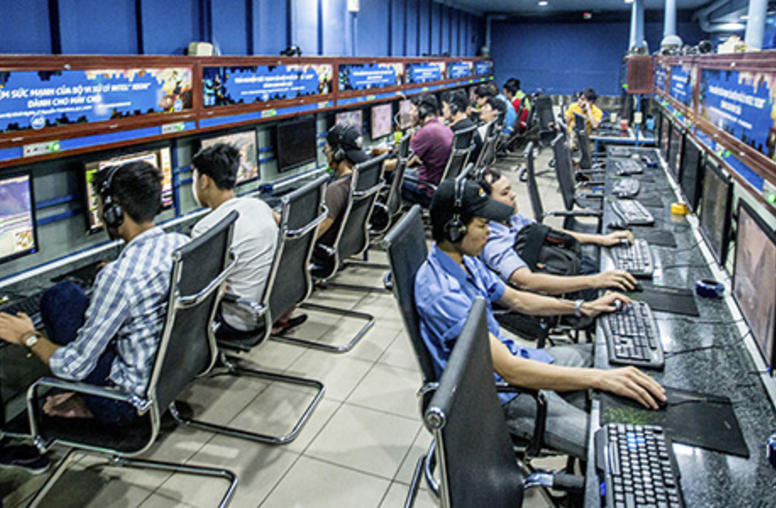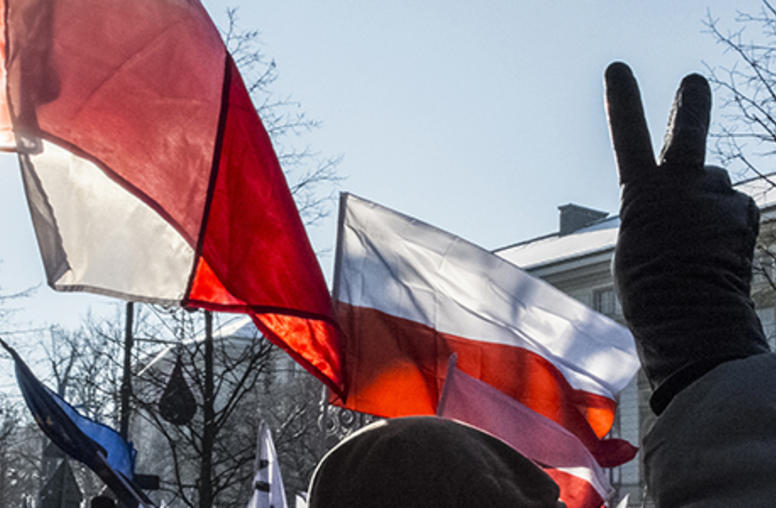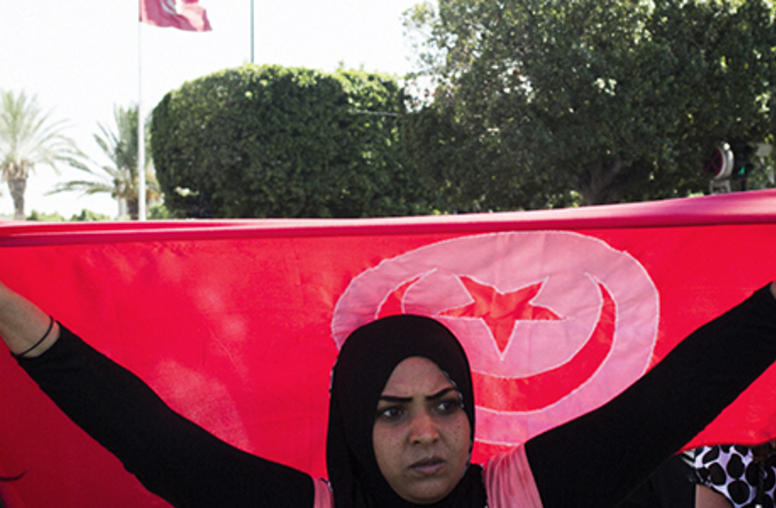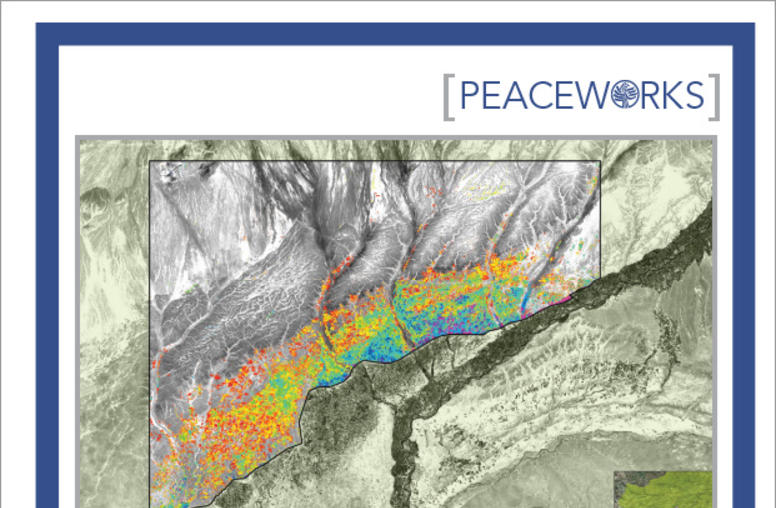USIP Hosts Conference Looking At Impact, Expansion of Virtual Exchanges
The U.S. Institute of Peace (USIP) brought together a diverse group of thinkers, policymakers and practitioners for an October 15 conference that examined the positive impact of online or “virtual” exchanges for students and others around the world and the need to expand their use in an era of tight constraints on spending.

The U.S. Institute of Peace (USIP) brought together a diverse group of thinkers, policymakers and practitioners for an October 15 conference that examined the positive impact of online or “virtual” exchanges for students and others around the world and the need to expand their use in an era of tight constraints on spending.
The meeting, “Exchange 2.0: The Science of Impact, the Imperative of Implementation,” also featured remarks by Her Majesty Queen Noor Al Hussein of Jordan and was streamed live on www.usip.org.
 Under Secretary of State for Public Diplomacy and Public Affairs Tara Sonenshine announced that the Department is starting a “Virtual Exchanges Unit” with the aim of integrating virtual aspects into all of the department’s educational and cultural programs. “The goal is expansion of reach and capability,” said Sonenshine, who previously served as USIP’s executive vice president.
Under Secretary of State for Public Diplomacy and Public Affairs Tara Sonenshine announced that the Department is starting a “Virtual Exchanges Unit” with the aim of integrating virtual aspects into all of the department’s educational and cultural programs. “The goal is expansion of reach and capability,” said Sonenshine, who previously served as USIP’s executive vice president.
Sonenshine emphasized that traditional, face-to-face exchanges cannot be fully replaced with digital relationships. “There is no substitute for the give and take of real encounters between people,” she said. “There is room, where we can, for both—virtual and physical exchanges.”
Exchange 2.0—the catchphrase being used to describe the growing phenomenon of virtual exchanges that have a curriculum and are structured to build meaningful cross-cultural dialogue—provides a way of “increasing the bandwidth of our diplomacy,” Sonenshine said. “We have to communicate government to people, and people to more people. And one of the best ways to leverage those conversations is through social media and other connective technologies,” she said.
Sonenshine also cited such digital initiatives as a 24-hour virtual college fair next month that will involve some 200 institutions of higher learning, the launch of “Youth TechCamps” in which young people engage via digital networks and a recent videoconference connecting hundreds of Pakistani business people around the theme of technology-based entrepreneurship.
Queen Noor said that with messages of hate flowing across the Internet and a “much larger pool of influencers” overall in global communications, it is critical to increase the connections that convey respect and to “expand access to exchange…for millions of young people.”
“Every citizen is a potential media outlet and de facto ambassador, for better or worse,” Noor said. With carefully designed virtual exchanges, she said, “Suspicion and fear melt away to be replaced by genuine curiosity about the other.”
USIP for the past three years has been convening specialists and encouraging analysis of virtual exchanges as part of the Institute’s broader effort to consider how instantaneous and relatively inexpensive global communications can be leveraged to bolster conflict prevention, peacebuilding and public diplomacy. A USIP Special Report published last May, Exchange 2.0, and an event titled, “Connected Youth: The Future of Peacebuilding and Problem-Solving” held the preceding month explored the new generation of exchanges and what they might accomplish. In addition, USIP’s online course content, created by the Academy for International Conflict Management and Peacebuilding, has been integrated into Exchange 2.0 courses around the world.
The October 15 event laid out the biggest challenges to bringing these technologies into the mainstream of student exchange programs, especially the need to measure the impact of Exchange 2.0 programs and to bring them to scale.
Sheldon Himelfarb, director of USIP’s Center of Innovation for Media, Conflict and Peacebuilding, said that virtual exchange programs to date are “woefully underutilized”: “They represent the next logical extension, in these times of breathtaking technological innovation, of the face-to-face international exchange programs that are unquestionably one of the greatest success stories in the history of our public diplomacy,” he said.
USIP President Jim Marshall said that Exchange 2.0 can be an important way of promoting mutual understanding. “Exchange 2.0 holds out enormous promise in this regard,” he said. “Currently, less than two percent of Americans in higher education are able to study abroad and most of them go to countries where we have relatively friendly relations, rather than to those regions from which conflicts are emerging and we need to build bridges.”
Himelfarb called for a sense of “new urgency for us to maximize cross-cultural engagement” and suggested that misconceptions and lack of information on the potential impact of Exchange 2.0 programs may be one reason they have not spread more widely.
Rebecca Saxe, a neuroscientist at the Massachusetts Institute of Technology, described her research on the impact that virtual exchanges can have on shifting hostile attitudes toward others. Though much research remains to be done, she said, early findings indicate that virtual exchanges can elicit significant positive change in attitudes when a group of participants feels that their views have been heard and respected by others. She is developing metrics for the field that will allow cross-comparisons between exchange programs of all kinds—virtual and face to face—on their effectiveness and impact.
Conference participants also discussed how public-private partnerships can bring virtual exchanges to scale. “I see government as a catalyst. I don’t see government…as a course-master in this,” observed Adam Ereli, the principal deputy assistant secretary of state in the Bureau of Educational and Cultural Affairs. Andrew Cedar, director for global engagement at the U.S. National Security Council, said virtual exchanges will help young people recognize that they face shared challenges. They can “channel their talents and energies toward really productive ends,” Cedar said.
Lucas Welch, founder and chief innovation officer at Soliya, a group that is conducting virtual exchange programs, noted the relatively cost-effective reach of such efforts, with participation from both governments and non-governmental organizations. “We’re very optimistic about this notion of a global public-private partnership,” he told the conference.



